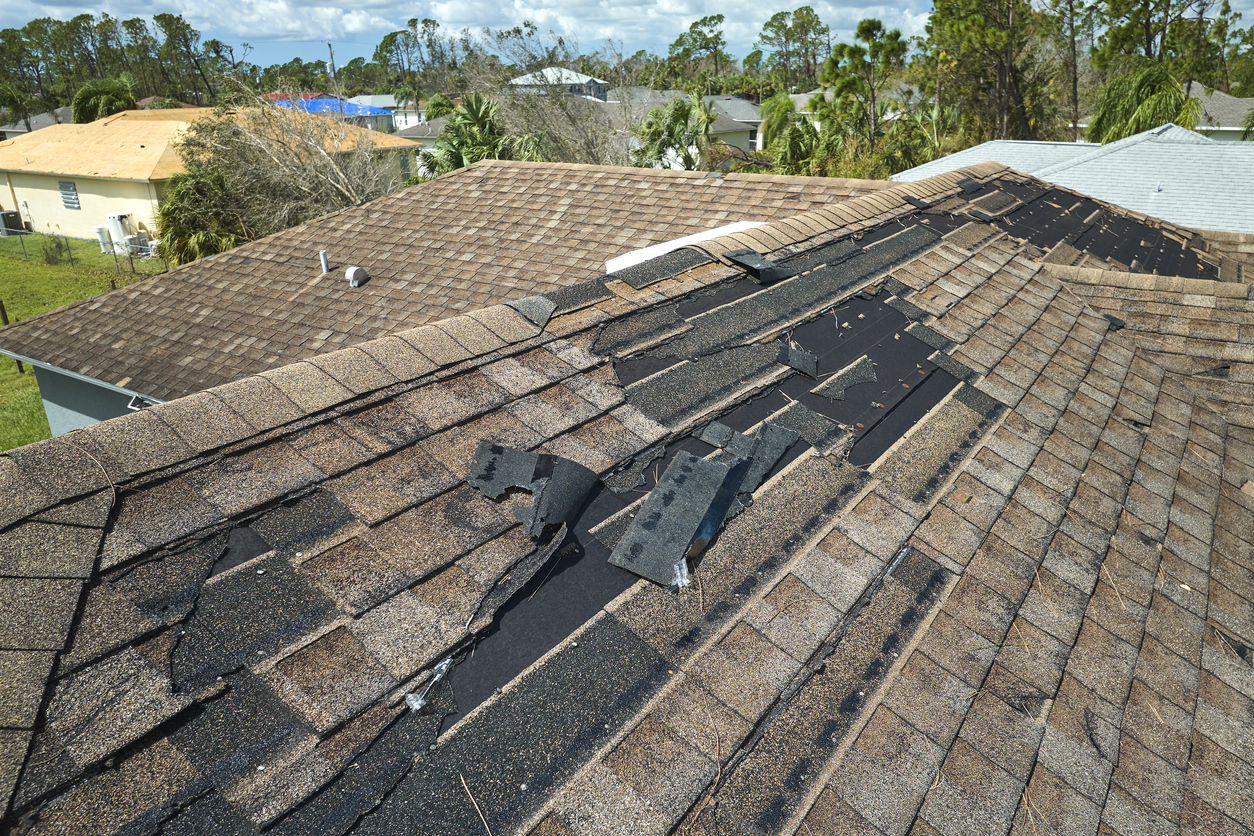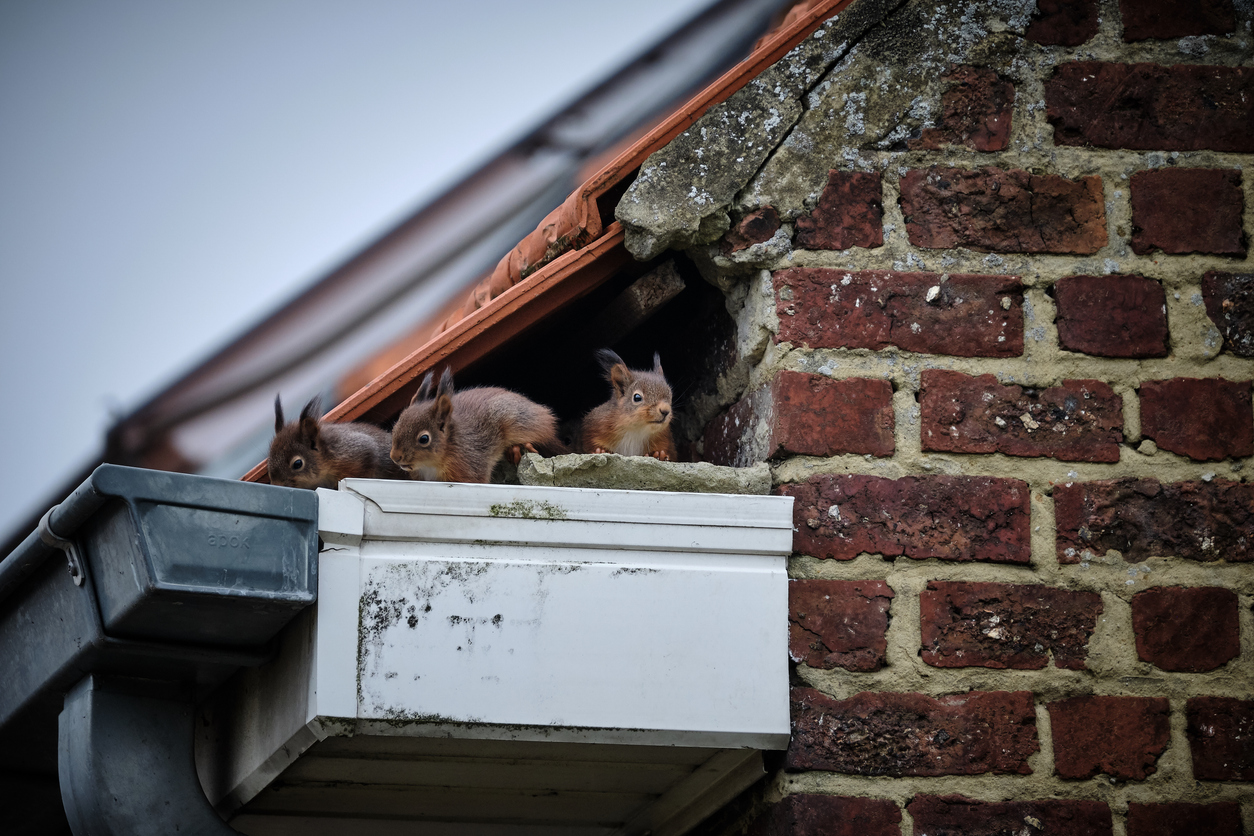Spotting and Preventing Squirrel Damage in Your Home
Squirrels may look cute in the backyard, but inside your home? That’s a different story.
While these critters are usually happy outdoors, they can move inside in an attempt to find warm shelter and food during winter or to avoid predators. And with their acrobatic instincts, making the jump to your attic, roofline, or deck is easy and gives them just the cozy hideout they’re looking for.
Unfortunately, squirrels aren’t ideal house guests, and squirrel damage to homes can be surprisingly costly. These critters chew through wood, insulation, wiring, and more, leaving behind destruction that can lead to major repair bills. Here’s how to recognize the signs of squirrel damage and stop them before they cause a mess.
How To Spot a Squirrel Infestation
1. Strange Noises Around the House
Hearing scratching, scurrying, or squeaking above your ceiling or inside the walls? That’s often the first sign of squirrels in the attic or garage. They’re most active in the early morning and late afternoon, and you may hear them building nests or gnawing on wood and wiring.
2. Squirrel Droppings and Nesting Signs
Where there are squirrels, there will be squirrel waste. Look for droppings in the attic, garage, or near entry points around your home. Squirrel droppings look like mouse droppings, but they’re larger, barrel-shaped, and don’t have tapered ends. You might also find shredded insulation, leaves, or paper, which are signs of a nest in progress.
3. Damage Around Your Home
Most squirrel damage inside houses happens behind walls or in attic corners, so it can be hard to spot. If you suspect you have squirrels in your home, look for:
- Gnawed electrical wires (a major fire risk)
- Chewed wood or insulation
- Torn air vents
- Holes or chew marks near the roofline (a sign of squirrel roof damage)
- Outdoor damage like gnawed deck railings or shredded patio cushions
If you see these signs, don’t ignore them. The longer squirrels nest indoors, the more costly the cleanup.
 Does Homeowners Insurance Cover Squirrel Damage?
Does Homeowners Insurance Cover Squirrel Damage?
In most cases, homeowners insurance does not cover squirrel damage because it’s considered preventable pest activity, not a sudden or accidental loss. However, if a squirrel chews through wiring and causes a fire, the resulting fire damage might be covered. Since this is a headache you don’t want on your hands, squirrel prevention is your best bet for protecting your home.
How To Prevent a Squirrel Infestation in Your Home
1. Block Entry Points
Limiting potential entry points is key. Inspect your roofline, vents, and siding for any gaps. All a squirrel needs is a hole the size of a golf ball to squeeze into your home. If you find any openings, seal them with wire mesh or metal flashing, especially before winter.
2. Make Your Home Less Inviting
Hanging a bird feeder in your yard is a great way to observe your favorite winged friends, but it’s also an open invitation for squirrels to grab a snack. Keeping bird feeders away from your home, trimming back overhanging branches, and removing wood piles will make it harder for squirrels to climb or nest near your house.
3. Store Food Securely
Food scarcity is one of the main reasons squirrels might be looking to pay your home a visit. If you store pet food or pantry items in the garage or basement, make sure they’re stored in airtight containers made of glass or heavy plastic. Squirrels are strong chewers and can get through cardboard and thin plastic with ease.
Keep Your Home Squirrel-Free
If you suspect squirrel damage in your attic or see signs of activity, don’t wait for the problem to get worse. Squirrels are persistent, and DIY traps rarely solve the issue long-term. Contact us today to schedule a home inspection and keep these furry intruders where they belong — outside.







 YouTube
YouTube Facebook
Facebook Twitter
Twitter